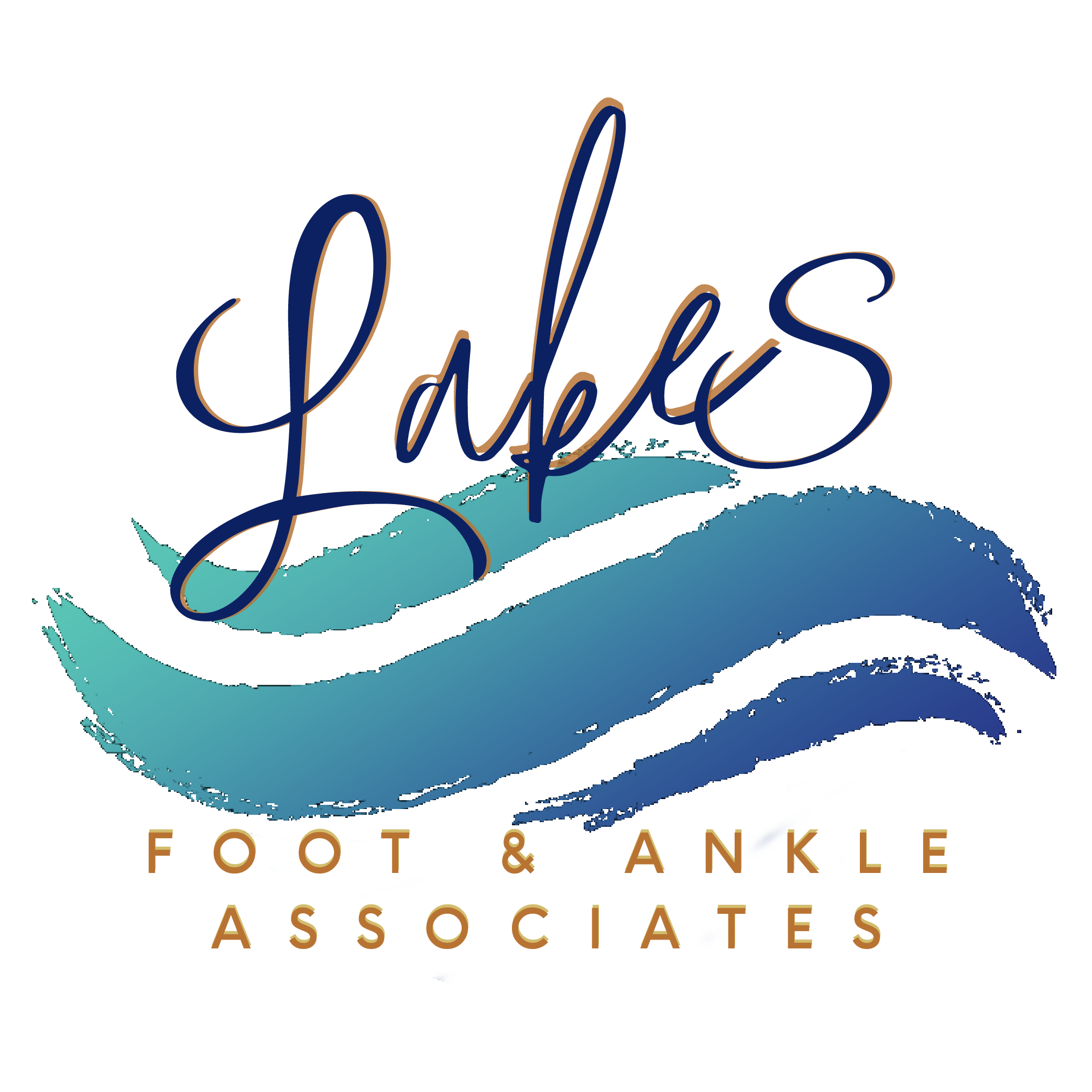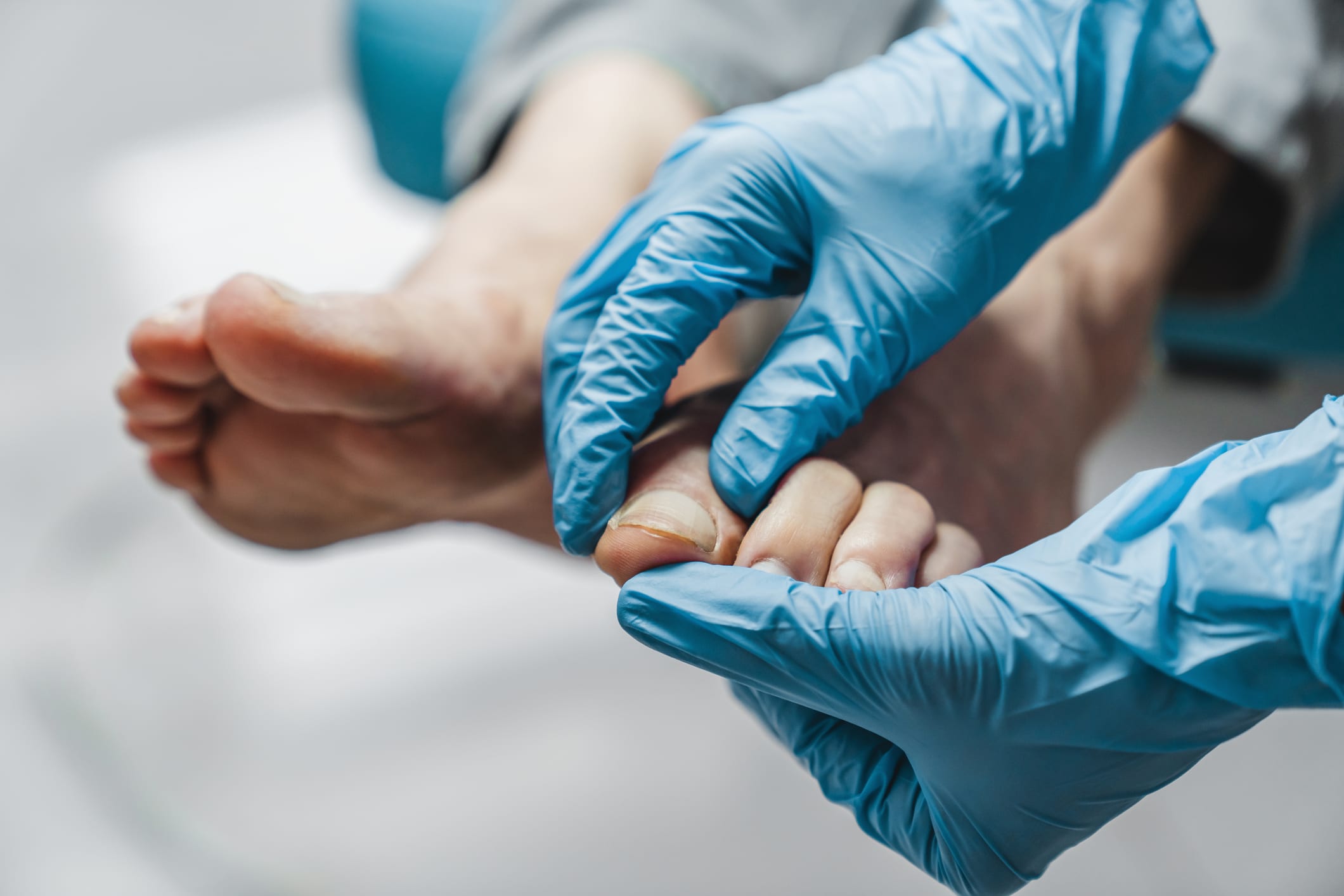Have you ever taken a look at your feet and realized there’s little to no arch? If so, you’re not alone. Flat feet are more common than you might think, and while some people never notice any issues, others aren’t so lucky. For some, it’s no big deal. For others, it can lead to sore feet, tired legs, and even strain in the knees, hips, or lower back.
If you’ve been feeling sore or fatigued and suspect your feet might be part of the problem, now is the perfect time to dig deeper. Understanding your foot structure—and what happens when they’re not doing their job—can make a world of difference in how you feel from the ground up.
Let’s break down what flat feet are, why they matter, and what you can do to find relief through flat feet treatment.
How Do You Know If You Have Flat Feet?
The easiest way to tell if you have flat feet is to look at your arch—the curved area along the inside of your foot between the heel and the ball. This arch helps support your body weight and acts as a natural shock absorber when you walk or run. If it appears low or touches the ground completely when you stand, you may have flat feet.
Another simple test is the “wet footprint” test. Wet your feet, then stand on a surface like a piece of paper or a concrete driveway. If your footprint shows almost the entire bottom of your foot, with little or no curve along the inside, that’s a sign you may have low or fallen arches.
You might also notice:
- Your shoes wear out unevenly.
- Your feet tire easily.
- Pain in your arches, heels, or ankles after standing or walking.
If you’re still not sure, a podiatrist at Lakes Foot & Ankle Associates can do a quick exam to confirm it.
What Causes Flat Feet?
Some people are born with flat feet. In fact, almost all babies start life with flat feet, with the arches usually forming by age 6. But in some people, the arches never fully develop. For other people, their arches may flatten later in life.
Causes include:
- Age-related changes: Tendons that support the arch can weaken over time.
- Injury: Ankle injuries or tendon tears can cause arches to collapse.
- Weight gain: Extra pressure on the feet can stretch tendons and flatten arches.
- Medical conditions: Diabetes, rheumatoid arthritis, and other conditions can increase the risk.
In Michigan, the cold weather months can also affect foot health. Heavy boots, long periods of standing, and less outdoor activity in winter can all make foot problems feel worse, especially when related to pain caused by flat feet.
Can Flat Feet Be Fixed?
Flat feet can’t always be “fixed,” but they can be managed so you stay comfortable and active. Treatment depends on how much pain you have and what activities you want to do.
Common options include:
- Supportive shoes: Wear shoes with good arch support.
- Custom orthotics: These are special inserts made to fit your foot. They help support the arch and spread pressure evenly.
- Physical therapy: If your flat feet cause pain in your knees or hips, therapy can help balance your muscles and improve your gait.
- Surgery: Depending on severity, surgery might be recommended if other treatments don’t work and you have significant pain.
If you’re in the Commerce Township or greater Oakland County area and struggling with foot pain, discomfort, or mobility issues, you don’t have to manage it alone. At Lakes Foot & Ankle Associates, we understand how frustrating and disruptive foot problems can be—and we’re here to help.
Our expert team will work closely with you to design a personalized care plan tailored to your unique needs, so you can get back to moving comfortably and confidently.
Can You Join the Military With Flat Feet?
In the past, having flat feet could automatically disqualify someone from military service, but today, the guidelines are more flexible.
Generally, if your flat feet don’t cause pain, limit your mobility, or interfere with essential physical activities, you can still be eligible to join. However, if your condition leads to significant discomfort or functional limitations, it may impact your ability to serve and could affect your eligibility during the medical evaluation process.
If you’re thinking about a military career and have concerns about your feet, it’s a good idea to get evaluated by a podiatrist before applying.
What Are the Best Shoes for Flat Feet?
Good shoes can make a huge difference when you have flat feet. Look for:
- Firm arch support: You want shoes that help hold your arch up, not ones that let your foot collapse.
- Stable heels: A slightly raised heel and strong heel counter help support your foot’s alignment.
Avoid flimsy shoes that bend easily in the middle or have no structure. Your feet need more support than that.
Are Birkenstocks Good for Flat Feet?
Birkenstocks can actually be a good choice for some people with flat feet. They have built-in arch support and a firm footbed that helps distribute pressure evenly. Many people love them for casual wear during warmer months.
However, they aren’t a one-size-fits-all solution. If you have severe flat feet or specific problems like tendon dysfunction, you might still need more customized support.
Can Flat Feet Cause Knee Pain?
Yes, flat feet can definitely cause knee pain. When your arches collapse, it changes the way your legs and feet move. This can put extra strain on your knees, hips, and even your lower back.
Over time, poor alignment caused by flat feet can lead to joint pain, muscle fatigue, and injuries. If you have both flat feet and knee pain, a podiatrist can help by recommending the right support and exercises to ease the pressure on your joints.
Don’t Let Flat Feet Slow You Down — Schedule a Consultation Today
If you’re dealing with flat feet, you don’t have to live with daily discomfort or limited movement. At Lakes Foot & Ankle Associates in Commerce Township, MI, we offer personalized care to help you find relief, improve your arch support, and protect your overall foot health.
If you need custom orthotics, guidance on the best shoes, or treatment for pain linked to flat feet, our experienced team is here to help. Don’t wait for the pain to get worse— reach out to our office in Commerce Township, MI, at (248) 453-2288 or contact us online to schedule an appointment.



